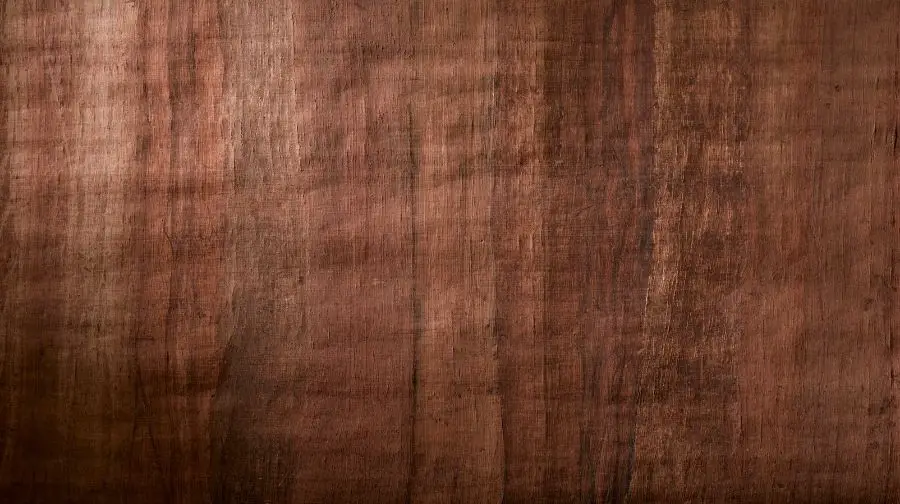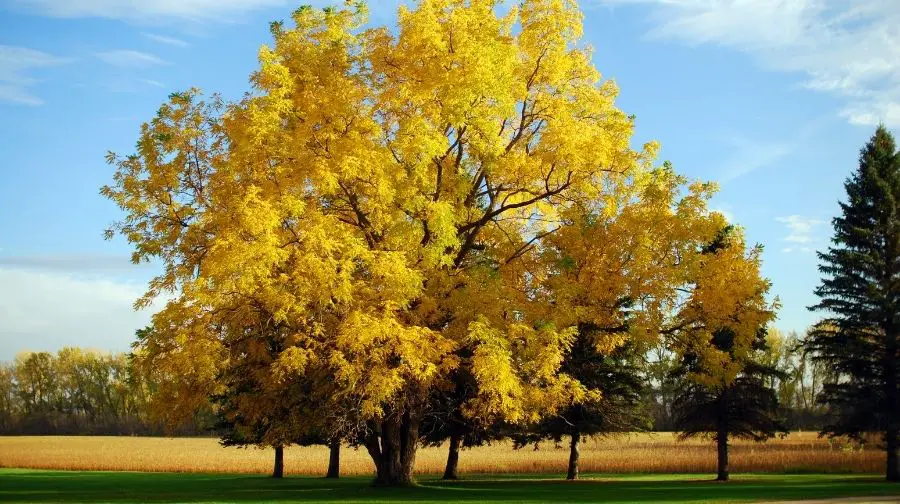
Woodworkers and artisans alike will tell you that Black Walnut is one of the most valuable woods to work with. It has a natural beauty, but it also brings out the natural beauty in other woods for use in veneering or marquetry projects.
This article is meant to be an ultimate guide to black walnut veneer so that you can better understand this wood’s properties when working with it.
What Is Black Walnut Veneer?
Black walnut veneer is a type of wood veneer that is made from the black walnut tree. This tree is native to North America and its wood is prized for its dark color and grain pattern. Black walnut veneer is often used in furniture, cabinetry, and flooring.
Black walnut veneer is made by slicing thin sheets of wood from the tree’s trunk. The veneer is then glued to a substrate, such as plywood or particle board.
The black walnut tree grows to a height of 50-100 feet and has a trunk diameter of two to three feet. The tree is characterized by its large, dark green leaves and round, black fruits. The wood of the black walnut tree is hard and dense, making it difficult to work with but also prized for its strength and durability.
Black Walnut is a species of tree that can be found in North America. It’s part of the Juglandaceae (walnut) family, and it has very unique properties, which make it an excellent wood for veneering projects. The main benefit to working with black walnut veneer is that its color will enhance other woods, making for a beautiful end product.
Black Walnut Wood Veneer Sheets
Subscribe to GL Veneer on Youtube
How Is Black Walnut Veneer Made?
The black walnut veneer can be made in two ways: by slicing thin sheets of wood from the trunk of a black walnut tree or by pressing thin strips of wood into a mold. The first method is more common, as it allows for more control over the thickness and quality of the veneer.
What are the Properties of Black Walnut Veneer?
Black walnut veneer is a hard, dense wood that is relatively stable in terms of humidity. It has a fine, even grain and a beautiful dark color. The wood also takes to stains and finishes very well, which makes it perfect for a variety of different projects.
What’s the Difference Between Black Walnut Wood and Veneer?
The main difference between black walnut wood and veneer is that one comes from an entire tree trunk while the other comes in thin sheets or strips, usually cut from the tree’s limbs. Black walnut wood is typically used for furniture or other large projects, while black walnut veneer can be used for smaller projects or inlay work.
How Much Does Black Walnut Veneer Cost?
Black walnut veneer is typically more expensive than other types of wood. This has to do with the scarcity and quality of black walnuts trees, as well as the cost associated with slicing thin sheets from a tree trunk vs. cutting long strips for molds.
What’s Good about Black Walnut Veneer?
Some benefits that black walnut veneer has over other types of wood are that it’s dense and stable, takes stains and finishes well, and has a beautiful dark color. It’s also relatively easy to work with, which makes it a good choice for beginners or those who don’t have a lot of experience working with wood.
13 types of Walnut Veneer Sheets and Rolls | American Black Walnut & Reconstituted Walnut Veneer
Subscribe to WoodenAve.com on Youtube
What’s Bad about Black Walnut Veneer?
One of the downsides of black walnut veneer is that it can be more expensive than other types. It’s also relatively rare, which means you may have to go with a substitute wood if you’re unable to find high-quality black walnut veneering. This could affect how your project looks in the end.
Black Walnut Veneer Plywood
Black walnut veneer plywood is a great choice for woodworkers and artisans who want the benefits of working with black walnut without having to pay as much money. This type of plywood will be made up of multiple layers, usually consisting of an outer layer that’s cut from a solid block and then inner layers, which are veneered with thin sheets of black walnut.
Black Walnut Veneer Peel and Stick
One of the most innovative uses for black walnut veneer is in peel and stick tile designs. These tiles are made with multiple layers, much like plywood, but they’re adhered together to give you a finished product that’s easy to install without any glue or nails required. You can create your own wood flooring design by combining these tiles with other materials and even staining them to bring out the beautiful dark color of black walnut.
How Can I Use Black Walnut Veneer in My Projects?
The black walnut veneer can be used in a variety of ways, depending on the project. Many woodworkers will use black walnut veneer in marquetry or intarsia projects, where it can be layered with other woods to create beautiful patterns. It also works well for laminating and gluing, as its natural oils provide a strong adhesive quality.

How Do I Work with Black Walnut Veneer?
Working with black walnut veneer is relatively easy, but there are a few things you should keep in mind.
First, because the wood is so dense, it can be difficult to cut and sand. Make sure your tools are sharp and that you take your time when cutting or shaping the veneer.
Second, a black walnut veneer is sensitive to changes in humidity, so make sure you store it in a climate-controlled environment.
Finally, always use good quality wood glue when working with black walnut veneer.
Now that you know all about black walnut veneer, why not give it a try in your next project? Its ability to enhance other woods is invaluable, and it has an amazing natural beauty.



